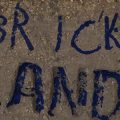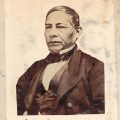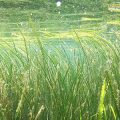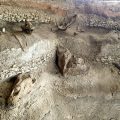Reach for the Stars
Susan Rosenvold explains how to bring out your inner astronomer through the Smithsonian MicroObservatory Robotic Telescope Network.
Have you ever wanted to be an astronomer or wish you could contribute to science in a real way? You can! The Center for Astrophysics | Harvard & Smithsonian MicroObservatory Telescope Network welcomes amateur scientists to help track the sky. I recently met with Erika Wright, from the Science Education Department at the Smithsonian Astrophysical Observatory, to learn about how anyone interested in astronomy can make real contributions to science or explore the night sky more deeply for themselves.
The MicroObservatory was created in 1995 to facilitate student interest in future careers in STEM (science, technology, engineering, and math), and to help them build meaningful connections with the night sky. This opportunity, to provide students with the experience of investigating the mysteries of the Universe for themselves, inspired leadership at the Center for Astrophysics to open the telescopes up to everyone who was interested in participating. “The night sky belongs to everyone. Many of us have meaningful stories, and most have looked up and been inspired. The MicroObservatory invites all of us to take that feeling of awe and explore a deeper.” says Wright. Parts of the program, YouthAstroNet and Full Access Legacy Portal, continue to focus on encouraging students, but two other programs, Observing with NASA and DIY Planet Search, allow anyone to use the telescopes and analyze data to identify Exoplanets (planets around other stars).
The website includes stunning artistic renderings of exoplanets. Tools on the site highlight features of these known planets. It’s these features that inspires those artists’ depictions. There are also real photographs taken from the telescopes throughout the site. These can be processed, colorized, and even entered into contests. Although some of the tools on the site have a learning curve, all it takes is some practice!
Observing with NASA gives the user the opportunity to control their “own ground-based MicroObservatories”. In this section of the website, users can engage in many ways: they can request their very own images to be taken by a robotic telescope, follow Mercury’s transit of the sun, watch past discussions of the world of astronomy with experts, and look at interesting images from space. Users can even process the images they take to show important scientific features or create visually interesting, colorful images. Video tutorials to learn how to process images and understand the data behind them are available to support new users.
DIY Planet Search is the section where participants can track Exoplanets. Beginners can learn all about the tools used to locate suspected planets, practice tracking, and share their results. They can also compare, combine, and communicate their findings with others in the community. Users may also take their own images (unlimited in number) and analyze what they’ve found.
DIY Planet Search uses several of the 3-foot-tall reflecting telescopes in the MicroObservatory Network, placed in various places around the world to take images for data collection. The one shown below is at the Whipple Observatory in Amado, AZ. These telescopes record images of the amount of light produced by a star. When analyzing these images, if the amount of light from the star drops, it indicates there may be an object blocking some of the light, possibly a planet. Studying these images helps scientists better understand the planets and their motions, so if more research is needed they’ll know exactly when and where to look. Depending on the star, the suspect planet may not come back around for many years, so a record of it is very important for future astronomers.
The Full Access Legacy Portal is an interface from the early days when the purpose of the site was to inspire careers in STEM. This section includes the User’s Guide to help understand how the site functions and how to best use it. It also features challenges for students to explore and learn about the moon, zodiacs, and more. Additionally, it hosts a portal to the telescope sites with real-time weather information linked to the National Weather Service website. Weather is critical in understanding how clear the user’s view will be from the selected telescope. Considering all the recent activity surrounding our future in space (think James Webb Telescope launch), even if not interested in contributing, users can find (practically) endless information about space exploration through this website and its links to other sites like NASA. Perhaps exploring the MicroObservatory site will inspire the curious to discover a new interest. To be sure, budding, closet or late blooming astronomers can begin making contributions right now. “With so many exciting new things expected to come from James Webb, MicroObservatory is a great opportunity to get a head start on understanding the process behind these astronomical images. We’re always eager to have new folks join us in this community uncovering the mysteries of our Universe one image at a time.” says Wright. Go to https://mo-www.cfa.harvard.edu/MicroObservatory/ to encourage your inner astronomer.
Learn more
Questions? Send them to MicroObservatory@cfa.harvard.edu.
Chandra Sees Evidence of Possible Planet in Another Galaxy
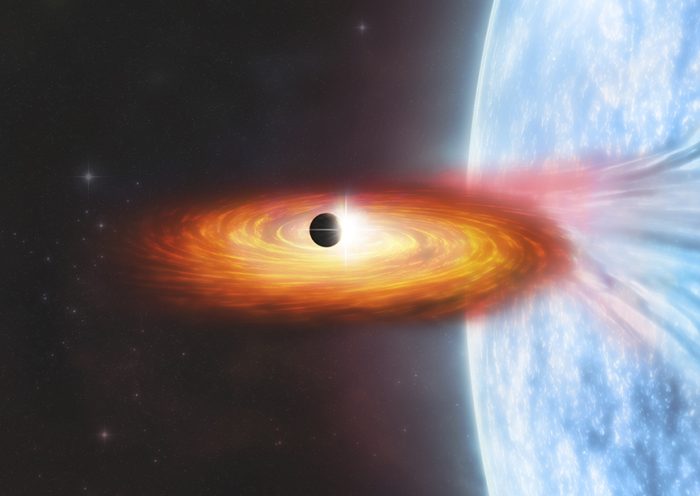
Telescope to Help Tell the Story of the Universe
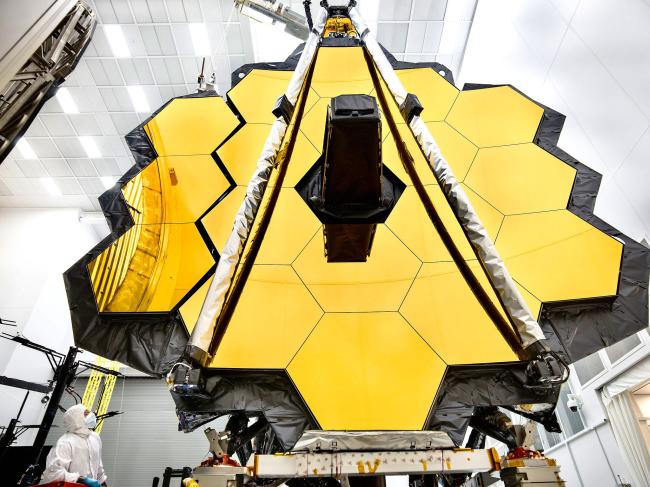
Susan Rosenvold has a master’s degree in Military History and coordinates the Smithsonian Call Center. She joined the Office of Visitor Services staff in May 2020.
Posted: 27 January 2022
